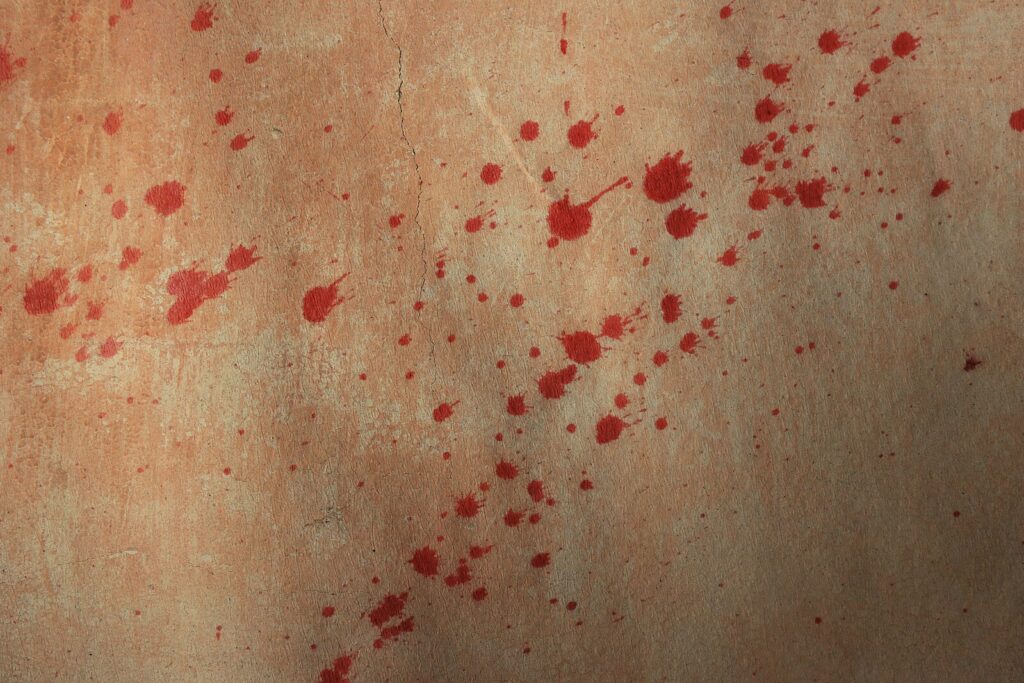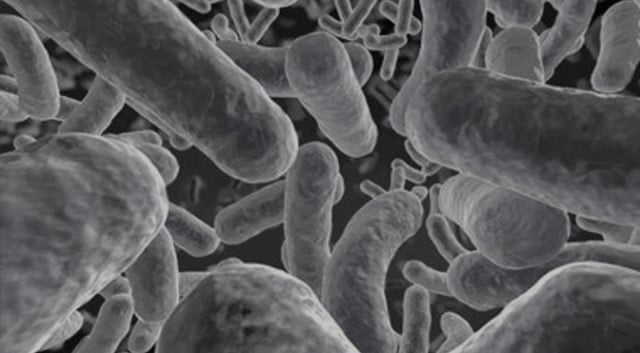Now Reading: Press Release: Experts demand use of DNA evidence to solve crime in India1
-
01
Press Release: Experts demand use of DNA evidence to solve crime in India1
Press Release: Experts demand use of DNA evidence to solve crime in India1
New Delhi: ‘Where’s The DNA?’, first of its kind platform organised by Gordon Thomas Honeywell-GA (GTH) brings together experts from the law enforcement, judiciary, forensics, victim advocacy, academia and media groups to discuss the imperative need to build conviction, exonerate the innocent and solve crime to expedite the Indian criminal justice system! A call to action, and an appeal to law makers and enforcement groups, it is set to promote the use of DNA evidence, the world’s best crime fighting technology!
Supporting the move, Senior Advocate Rupinder Singh Suri, President Bar Association Supreme Court of India, said, “DNA evidence is key to justice delivery system! An invaluable tool, with 100% accuracy and reliability for exonerating individuals who have been wrongfully convicted. The conventional methods of investigation by the I.O/police are a passé being obsolete and unproductive. It is the scientific investigation only which kick starts the hunt for the criminal.”
There is presently no specific provision under Indian Evidence Act, 1872 and Code of Criminal Procedure, 1973 to manage science, technology and forensic science issues. Due to lack of having any such provision, investigating officers have to face trouble in collecting evidences which involves modern mechanisms to prove the accused person guilty. Senior Advocate Ashok Bhan, senior member of executive of Supreme Court Bar Association, added, “There is urgent need to sensitise the law makers to incorporate provisions in CrPC and Evidence act to manage science and technology in investigation of crimes and trials.”
The law machinery world over is increasingly relying on DNA forensics to solve crime, whereas, India is way behind in adoption. Lack of scientific methods in investigations and absence of a proper policy framework in the country are hampering justice. “India, needs a more aggressive DNA ‘Collect, Test and Compare’ approach for faster convictions and disposal of cases by courts,” says, Tim Schellberg President GTH-GA. He adds, “Over 60,000 DNA tests are completed for crime scenes annually in the United Kingdom and GTH estimates crime labs in India able to complete only 7,500 cases tested annually. This is a shockingly low number considering India’s size of population is thirteen times greater than the United Kingdom!”
Explaining the science underlying the use of DNA evidence, Dr. Durgadas Kasbekar, INSA Senior Scientist Center for DNA Fingerprinting and Diagnostics (CDFD), further qualifies, “DNA evidence is sufficiently conclusive to solve crime as only monozygotic twins share the same DNA profile. Different tissues; teeth, bones, blood (a drop is enough), spit, semen-detected on cloth using specific staining procedures, skin cells sloughed off with sweat, yield the same DNA profile if they are from the same individual.” Therefore, outside of identical twins, no two people have the same DNA pattern.
Sharing his perspective, Senior Advocate Vivek Sood Delhi High Court talked about DNA evidence as the right to fair investigation that must be made a part of the DNA of Criminal Justice in India. He said, “Fair and competent investigation in a criminal case is the backbone of criminal justice in any society. Collection of DNA evidence is equally important from the perspective of the prosecution as well as the accused. Hence, collection of DNA evidence, in appropriate cases can be said to be in compliance with Article 21 of the Constitution of India which guarantees to every person the fundamental right to life and liberty.”
Talking of strengthening investigations by DNA Profiling, Ravi Kant, Advocate in the Supreme Court of India and President of Human Rights organization Shakti Vahini (working on anti-human trafficking and issues related to violence against women and children) expressed, “If India has to send a strong message to perpetrators of crimes and to instill the fear of the law we have to ensure that evidence collection has to be strengthened. Crime scenes have to be forensically examined, crucial evidences collected, scientifically examined & analysed. DNA Profiling offers one of the most reliable forensic evidence which can be very helpful in solving of cases”.
The session was moderated by Senior Journalist Sidharth Pandey at the Indian Law Institute, New Delhi, witnessing active support from experts, demanding use of DNA evidence and scientific approach to solve crime in India. The panel was represented by:
- Tim Schellberg, Founder & President, Gordon Thomas Honeywell Governmental Affairs
- Advocate G P Thareja, Retired and Additional District & Sessions Judge
- N. Ramachandaran, President, Indian Police Foundation
- Dr. Durgadas Kasbekar, INSA Senior Scientist
- Senior Advocate Vivek Sood, Delhi High Court
- Advocate Ravi Kant, Supreme Court of India
The panel established importance of DNA Profiling Board – A statutory body to be constituted in pursuance of 271st Law Commission Report on DNA Profilingwhich would undertake functions such as laying down procedures and standards to establish DNA laboratories and granting accreditation to such laboratories; and advising the concerned Ministries / Departments of the Central and State Governments on issues relating to DNA laboratories. The Board shall also be responsible to supervise, monitor, inspect and assess the laboratories. It will frame guidelines for training of the Police and other investigating agencies dealing with DNA related matters. Advising on all ethical and human rights issues relating to DNA testing in consonance with international guidelines will be another function of the Board. It will recommend research and development activities in DNA testing and related issues, etc.
Experts concluded that India must formulate rigorous quality assurance and accreditation programs for DNA testing for implementing the DNA evidence in criminal investigations. This would clearly mark distinction made between human error, attempted fraud and technical failures. While low adoption rate can be attributed to poor infrastructure and lack of policy push, the root of the problem is knowledge gaps and misconceptions about DNA forensics across all levels of our society and this dialogue and campaign on, ‘Where’s The DNA?’ is designed to eliminate just that.








